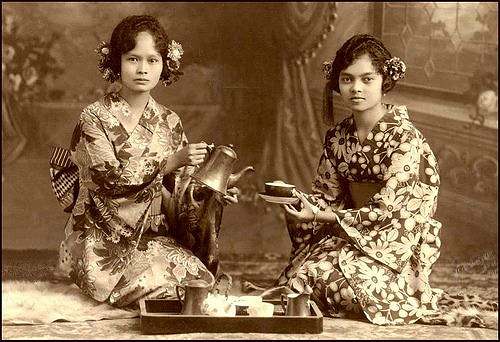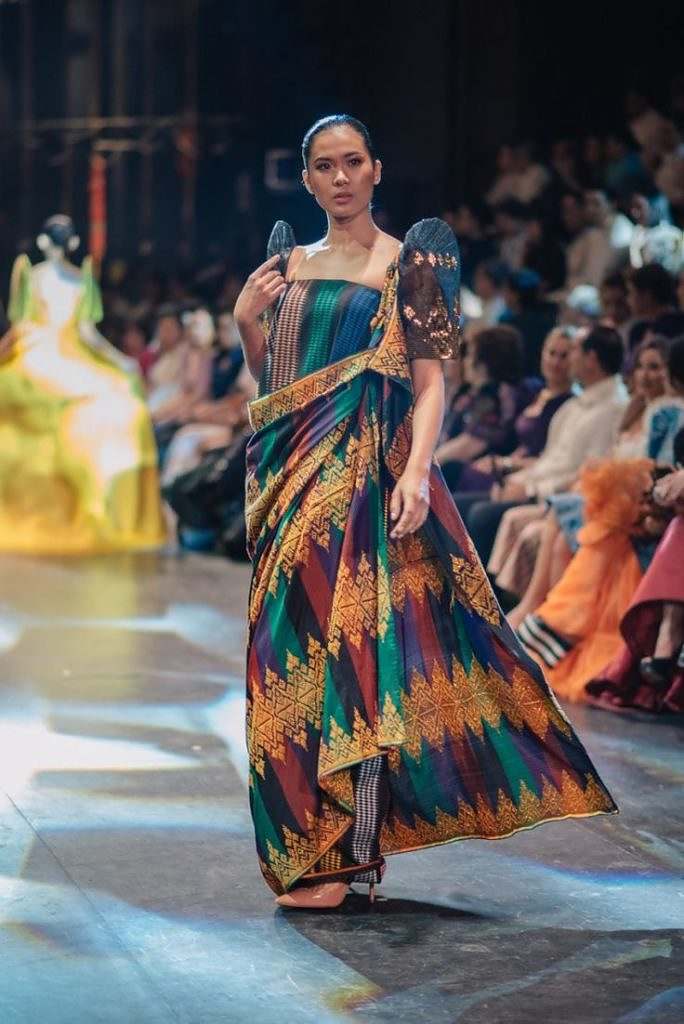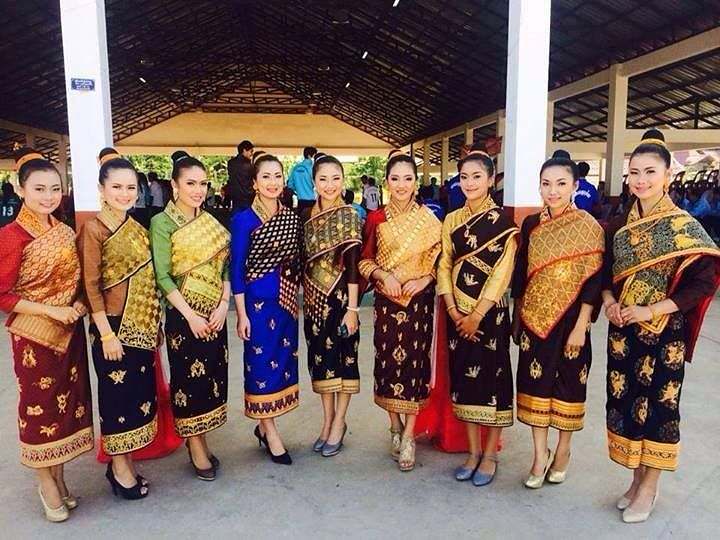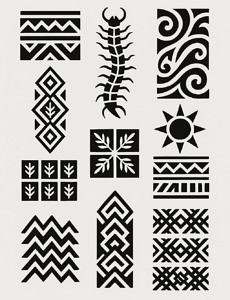Philippines Kimona in Philippine Clothing Culture
Philippine culture is a vibrant tapestry woven with diverse traditions, each representing the unique blend of native and foreign influences that have shaped the islands. Among these cultural expressions, clothing stands out as a particularly vivid illustration of the nation’s heritage. The kimona, a traditional Filipino garment, plays a pivotal role in this sartorial showcase, symbolizing both the grace and the resilience of the Philippine people. This article delves into the significance of the kimona within the broader context of Philippine culture clothing.

Historical Background of the Kimona
The kimona traces its origins back to the pre-colonial era of the Philippines, when native attire was predominantly simple and functional, suited to the tropical climate. However, with the arrival of Spanish colonizers in the 16th century, Filipino clothing underwent significant transformations. The kimona, as it is known today, evolved during this period, incorporating elements of Spanish fashion into its design. This garment typically consists of a sheer, lightweight blouse worn over a camisón or slip, showcasing intricate embroidery that reflects skilled Filipino craftsmanship.
Design and Fabrication of the Kimona
Traditionally, the kimona is made from piña (pineapple fiber) or jusi (banana silk), materials that are both delicate and breathable, ideal for the humid Philippine climate. The design often features fine, hand-embroidered calado and other lacework, which are testament to the meticulous artistry of local weavers. While the women’s Barong Tagalog may share some stylistic elements, such as embroidery, the kimona is distinct in its typically shorter sleeves and more feminine silhouette, often paired with a matching skirt known as the saya.

Cultural Significance and Symbolism
In Philippine culture, the kimona is more than just attire; it is a symbol of identity and a ceremonial staple. It is prominently worn during major festivities and national holidays, playing a central role in celebrations like the Santacruzan—a pageant held in May commemorating the finding of the True Cross by Saint Helena (Reyna Elena). In such events, the kimona represents purity and elegance, echoing the historical and spiritual significance of these occasions.
The Kimona in Contemporary Fashion

In recent years, the kimona has seen a revival as Filipino designers seek to fuse traditional elements with modern aesthetics. This resurgence is not only a nod to national pride but also a practical adaptation to contemporary fashion demands. Modern kimonas might be crafted from various fabrics and may incorporate bolder colors and patterns, making them suitable for everyday wear as well as for formal occasions.
Comparative Analysis with Other Philippine Traditional Costumes
While the kimona holds a special place in the wardrobe of traditional Philippine costumes, it is often mentioned alongside other iconic garments like the Barong Tagalog. Unlike the Barong, which is primarily considered men’s attire, the kimona offers a distinctly feminine counterpart that complements the formal aesthetic of Philippine cultural clothing. Each garment carries its own set of cultural connotations and historical backgrounds, making them collectively representative of the Philippines’ rich cultural mosaic.
Challenges in Preserving the Traditional Kimona
Despite its enduring popularity, the traditional kimona faces challenges related to modernization and the declining number of artisans skilled in ancient weaving and embroidery techniques. Preserving this cultural heritage requires concerted efforts, including educational programmes to teach these skills to younger generations and initiatives to promote the kimona both locally and globally as a symbol of Philippine culture.
Conclusion
The kimona is not merely an item of clothing but a significant cultural emblem that embodies the beauty and history of the Philippine people. As it evolves with modern trends, the essential spirit of the kimona remains a testament to the Philippines’ enduring cultural identity and heritage. Looking forward, the challenge will be to maintain this balance between tradition and innovation, ensuring that the kimona remains a beloved and relevant part of Philippine culture clothing.







